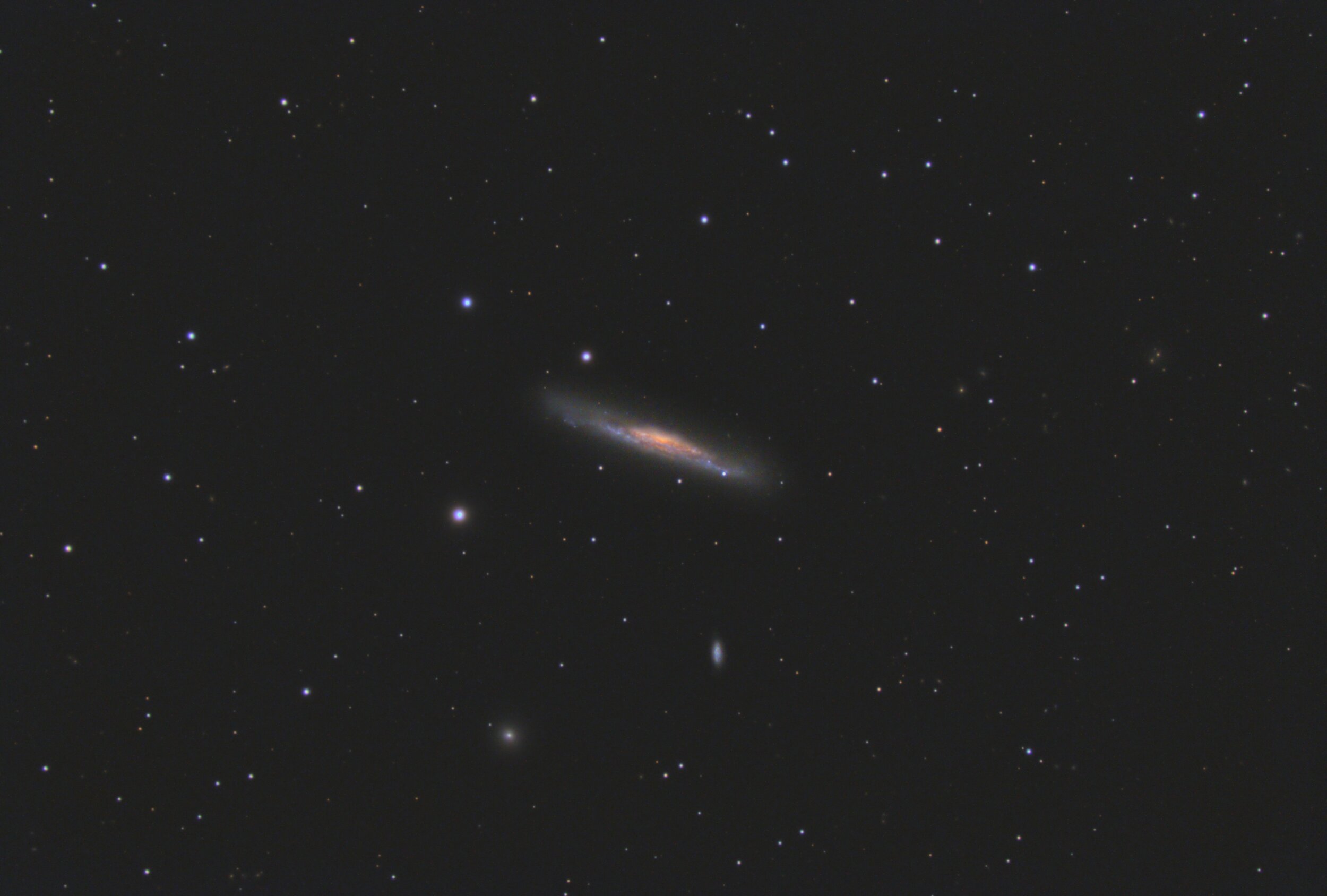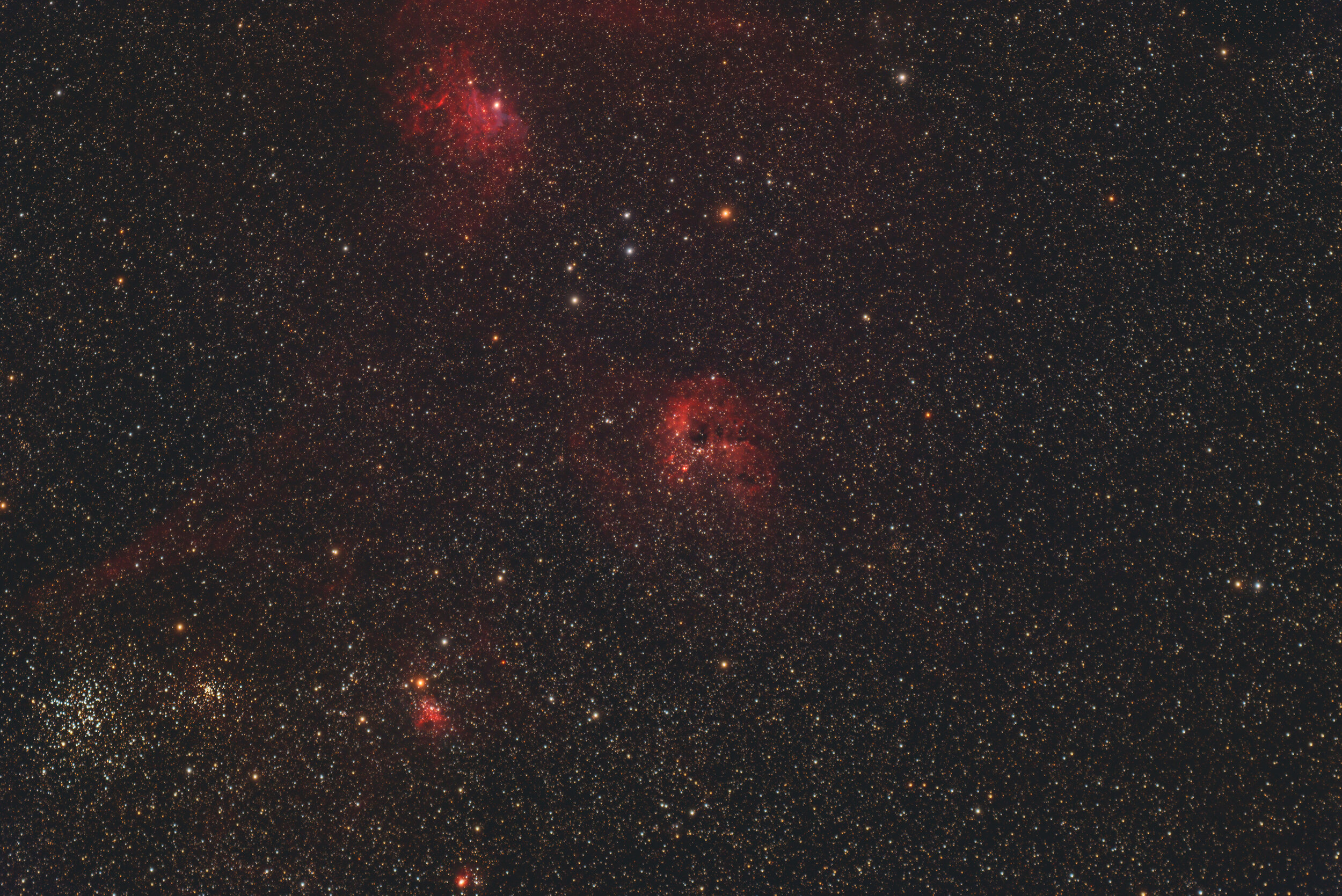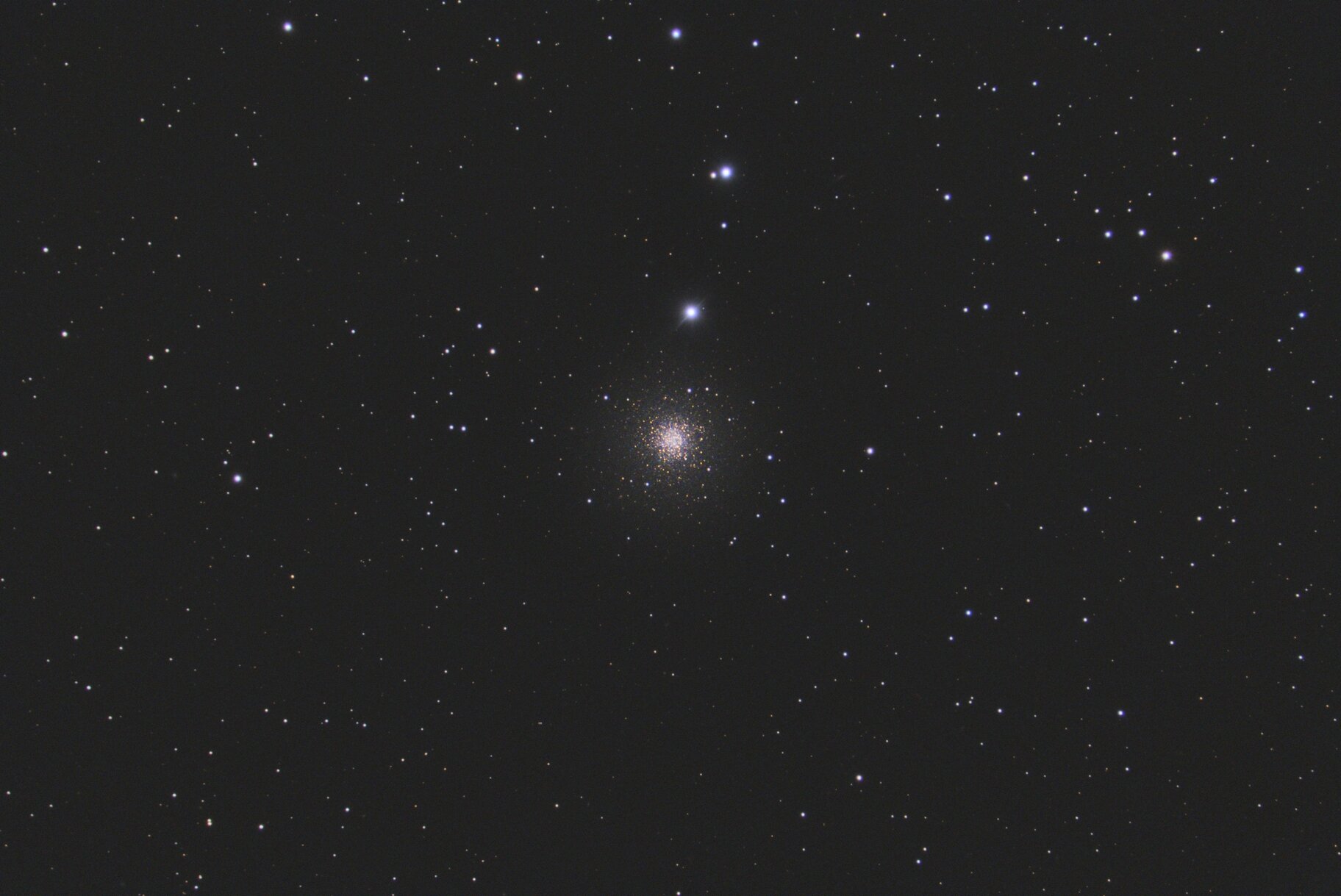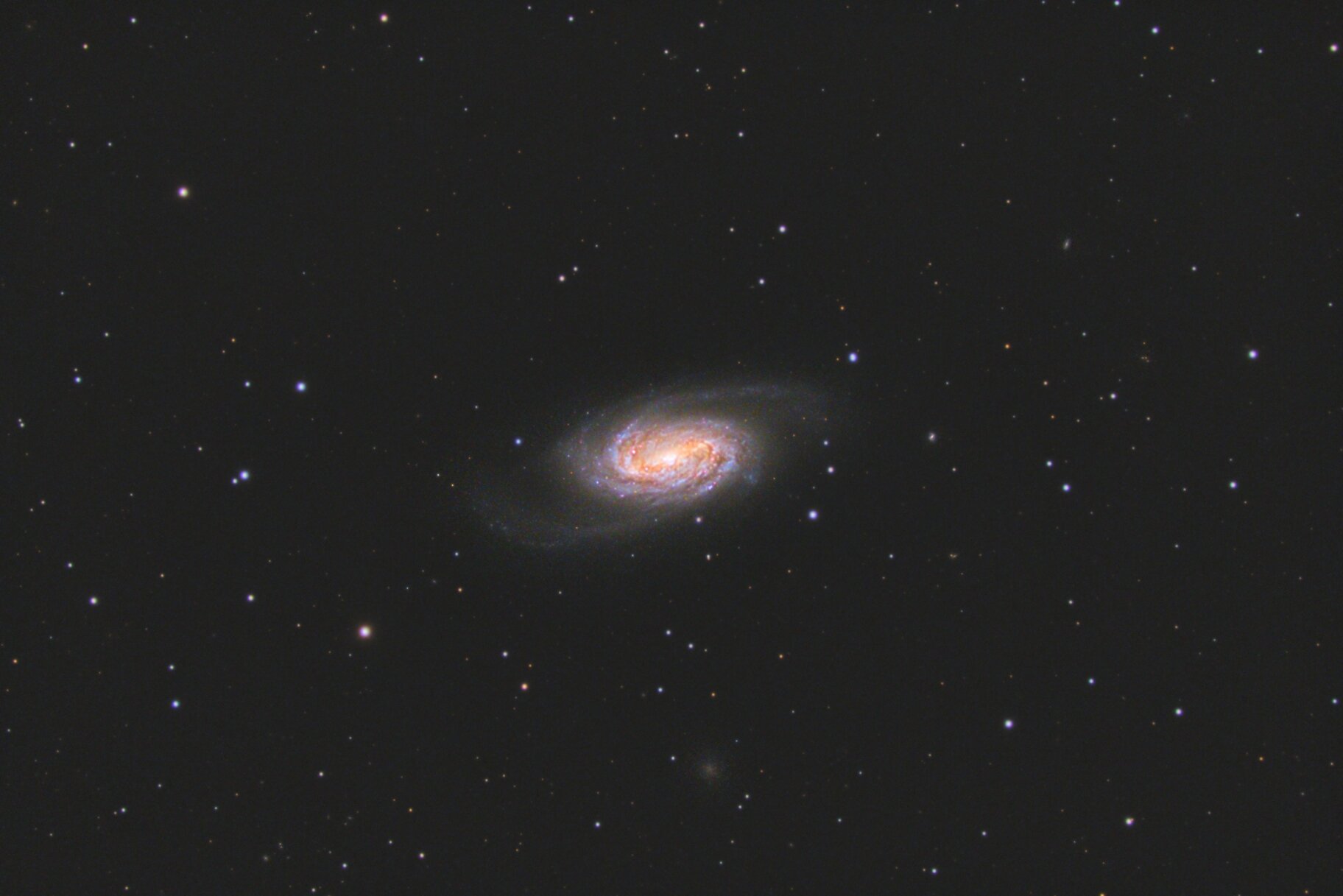
NGC 2403
Fans of ZWO Optical have been waiting patiently all year as new cameras were announced, and they slowly proceeded through the QA/QC and final manufacturing process. It just so happens that the ZWO ASI2600MC-Pro camera released during galaxy season when I have my larger Celestron EdgeHD 11” telescope out. So all of my first few images are with this scope and camera combination. Despite that, I’m looking forward to the summer months when I can do some wide field color imaging.
This is one of the first new ZWO cameras based off of a new Sony CMOS chip, the IMX571. It’s a 16-bit depth color capture camera, where previous cameras in their lineup were 14-bit or 12-bit. This provides for more sensitivity and color range when capturing. The sensor size is APS-C, so not quite full frame. This is about the maximum sized chip you can use with most 2” focusers or 2” reducers. Most of the newer sensors feature fairly small pixel sizes which make them ideal for shorter focal length telescopes, but if you can achieve very good guiding, and have good seeing conditions you can image with this camera on larger telescopes. An additional new feature is the large dew heater on the front window of the camera. This alleviates problems that the ZWO ASI071MC-Pro experienced by cooling so fast the front window would ice over. So far I’ve had no icing issues. Additionally, the front window is an IR/Cut window, so no extra filter is necessary when imaging on scopes that require an IR filter. The full well depth of 50,000e allows for some long single sub image captures if you have very dark skies. Quantum efficiency is around 80%. This is pretty high…it means that of all the light captured it can retain as much as 80% of what falls across the sensor. Older cameras can dip below 50% which is pretty inefficient.
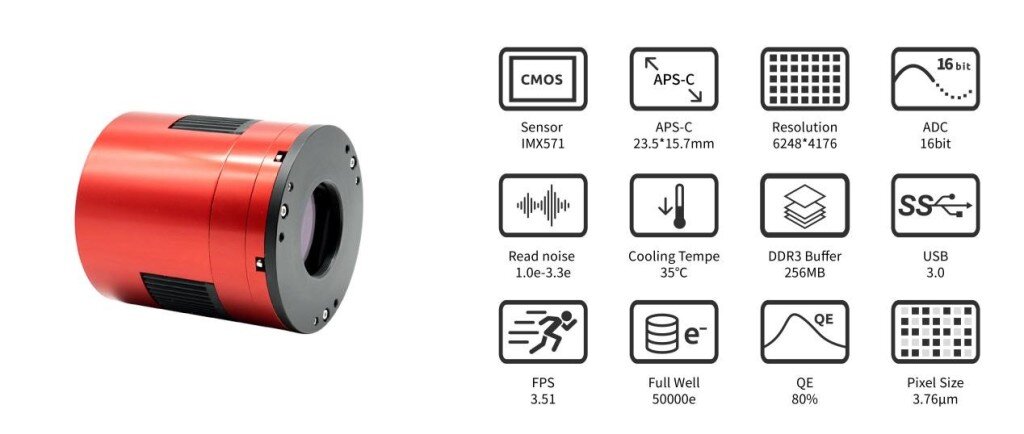
One potential downside to these new cameras is they are extremely high resolution. Each frame is 6248x4176, and that equates to about 52.2 MB per capture. If you’re like me, and you have to take relatively short exposures as a way to manage light pollution, then you can expect some long processing times as you try to integrate a bunch of 52 MB captures into a final image.
Overall though, I’ve been really enjoying the new camera. It’s very sensitive, and because of the smaller pixel size, noise is very small in the frame, and easier to deal with when post processing as it’s less noticeable. Below are a series of images I’ve taken so far with the camera.
The high resolution and small pixel size of the camera is suitable for many refractors from the Askar FRA400 to the SkyWatcher Esprit 100, or even larger refractors in the 130 size like an Askar 130PHQ. Check below for some recent shots using a wide range of telescopes.





